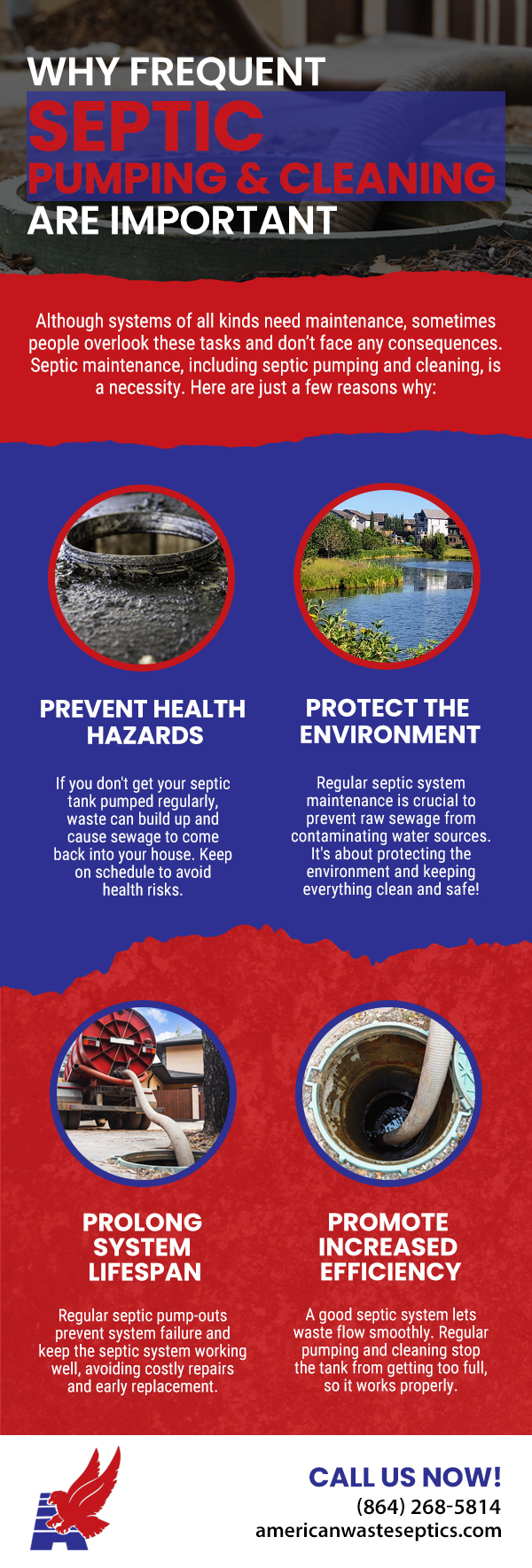The Ultimate Guide To Stillwell Septic And Grading
The Ultimate Guide To Stillwell Septic And Grading
Blog Article
The Buzz on Stillwell Septic And Grading
Table of ContentsOur Stillwell Septic And Grading DiariesStillwell Septic And Grading for DummiesFascination About Stillwell Septic And GradingThe Facts About Stillwell Septic And Grading RevealedThe Basic Principles Of Stillwell Septic And Grading Not known Factual Statements About Stillwell Septic And Grading
A leaky bathroom can lose hundreds of gallons of water a day. Take baths with a partially-filled tub and do not leave the tap running when doing other jobs. Clean only complete lots of recipes and laundry.
About Stillwell Septic And Grading
Avoid shedding stacks of leaves or branches over the drainfield, as the heat might damage the plastic pipes below. Limit the enhancement of topsoil or compost to no more than 2 to three inches over the drainfield. Septic Tank Pumping. A good policy of thumb for landscaping over drainfields is to use shallow-rooted plants that do not need additional topsoil to grow
Grass is the very best cover. Stay clear of trees, hedges, and water-loving plants with deep roots. Turfs, combined wildflowers, and ground covers with superficial roots are great options. Plant trees and shrubs a minimum of 30 feet far from your sewage-disposal tank and drainfield to keep roots from entering and breaking or clogging the drainfield pipelines.
A septic system failing causes untreated sewage to be launched and transported to where it must not be. This may cause sewage to come to the surface area of the ground around the storage tank or the drainfield or to back up in pipelines in the building.
The 45-Second Trick For Stillwell Septic And Grading
Most of the times, the individual that falls in goes out without significant injury. A child's unfortunate fatality is a pointer to check your septic system for harmed or missing out on covers. https://www.mixcloud.com/stillwellsag/. Proprietors of septic tanks are in charge of ensuring the systems are risk-free and function correctly, consisting of having a safe and secure lid on the tanks
Routinely inspect the condition of the lids for risks or problems. Maintain the covers protected by fixing or changing all damaged or missing out on parts. Usage screws, screws, or various other locks to secure the lids and protect against very easy access. Never ever drive or park automobiles on top of septic tanks- it can damage or dislodge the cover.
The Buzz on Stillwell Septic And Grading
Make sure the lids are protected after working on your septic system. Educate kids that the septic container lids are not to be played on or opened up.
Noting the levels will certainly help determine if there is a potential problem with the system. Then, the container will certainly be entirely pumped down, removing every one of the liquid and strong waste. Once the tank is totally pumped, the inlet and electrical outlet tees of the will be examined to ensure they are still intact and working correctly
Some Known Incorrect Statements About Stillwell Septic And Grading
If you are home at the time of solution (completely not needed if that's not your thing) you might be asked to flush your commodes to make certain every little thing is streaming effectively. Once the service is full, the sewage-disposal tank will be covered as it was when we arrived! Experts suggest having your system pumped every 3 to 5 years but a number of factors need to be thought about when deciding how commonly your septic system needs to be serviced.

If your septic has actually not been serviced in more than 6 months, we would want to service the septic. If the problem lingers, a drainpipe cleaner will after that be sent out to get rid of the line to the septic storage tank.
The Only Guide for Stillwell Septic And Grading

If the ponding is focused over the leach field that might suggest a leach line is blocked with Bio-Mat and requires to be fixed or changed. Many septic tanks have 2 to 3 covers; one over the inlet side of the septic system (where the water from your home goes into the container), one in the center of the storage tank, and one on the electrical outlet side of the tank (where the liquid from the storage tank exits to your leach area).
Chopped up food particles do not damage down in the sewage-disposal tank and can make their method out into your leach field lines creating obstructions. Waste disposals, also those significant septic secure, are not considered helpful for your septic tank. Correct working level is where the water degree in your tank fulfills the outlet tee of the container.
Report this page